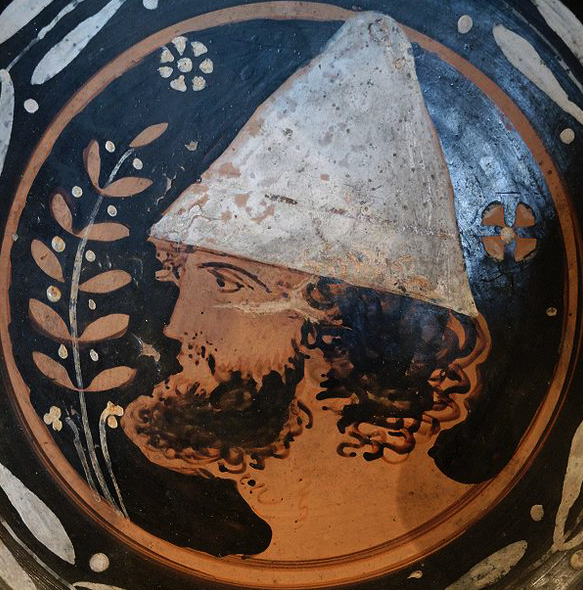
I might post some things here or I might be too busy eating, relaxing, and exchanging small presents with loved ones. On an unrelated note, I will be away for a week to celebrate Christmas. Catullus called the time of Saturnalia, “optimo dierum” (the best of days) and that was definitely true in an empire which was otherwise beset by political unrest, war, agricultural failure, greed, injustice, and decline. Across the complicated cosmopolitan Roman world, people of all classes and faiths dedicated themselves to pleasure and to getting through the cold darkness to a new year. The Mithraic mysteries were particularly popular in the Roman military (although many of the details about the cult are unknown to us).


Rome’s mightiest neighbor, the Persian Empire, burnt great fires for Mithras, a deathless god born in a cave on December 25th. Strangely the Egyptians too focused their resurrection rituals around a tree–albeit the palm tree. During the solstice time Egyptians celebrated how their greatest god, Osiris, had returned to life after being murdered by Set. In Roman Egypt, the ancient deities were still worshiped (indeed, worship of Isis spread through the Roman world). The year-end ceremonies of the Gauls and Celts focused on evergreen trees particularly the yew. Additionally the various people whom Rome had conquered all had solstice rituals of their own–which became incorporated into Saturnalia.
SIGILLARIA SATURNALIA SERIES
Saturnalia had started in Rome in 217 BCE after Rome had suffered a series of crushing defeats at the hands of the Carthaginians (and the citizens needed a morale booster), but the deep roots of the holiday stretch back to prehistory. Roman painting (Unknown Artist, Villa dei Misteri in Pompeii, Italy) Many Romans were born 9 months after Saturnalia (which would be approximately August 22 nd on our calendar). People from all walks of life lost themselves in uninhibited drinking, merrymaking, and fertility rituals. Various cults celebrated their mysteries during this time of year. Drinking, noise and games and dice, appointing of kings and feasting of slaves, singing naked, clapping of frenzied hands, an occasional ducking of corked faces in icy water-such are the functions over which I preside.” In the Saturnalia, Lucian relates that “During My week the serious is barred no business allowed. Slaves were treated as equals, allowed to wear their masters’ clothing, and be waited on at meal time in remembrance of an earlier golden age thought to have been ushered in by the god. Within the family, a Lord of Misrule was chosen. Instead of the toga, less formal dinner clothes ( synthesis) were permitted, as was the pileus, a felt cap normally worn by the manumitted slave that symbolized the freedom of the season. Slaves were permitted to use dice and did not have to work. To quote the online Encyclopedia Romana:ĭuring the holiday, restrictions were relaxed and the social order inverted. Best of all, Rome’s famously rigid discipline was set aside during Saturnalia. People decorated their houses and themselves with greenery and garlands.

There was a special seasonal market, the sigillaria. Great feasts were held and small presents were exchanged–particularly earthenware figurines called sigillaria and candles (which were a sort of symbol of the holiday and represented the return of light after the short dark days of the solstice). Schools and offices were closed so that special sacrifices could be made. The cult statue of Saturn was freed from the shackles with which he was bound during the rest of the year and filled with olive oil (for the figure was hollow). Saturnalia was therefore a time to return to the imagined happiness of the past. Jupiter’s age was one of iron when all men struggled greedily against one another–an age of wars, lawyers, oppression, and struggle.

Saturn’s time had been one of gold–an age when people were naked, free, and kind. Although the Romans recognized that Saturn was a deposed ruler, a murderer, and a cannibal, Saturn was worshiped in Rome as an agricultural deity whose reign had been a golden age of abundance and innocence. The Roman god Saturn was based on the Greek deity Cronus. Jan.) and it initiated the multiple day festival of Saturnalia-the biggest holiday of the Roman Year. Today is the Feast of Saturn! In Ancient Rome this holiday was officially celebrated on December 17 (XVI Kal.


 0 kommentar(er)
0 kommentar(er)
